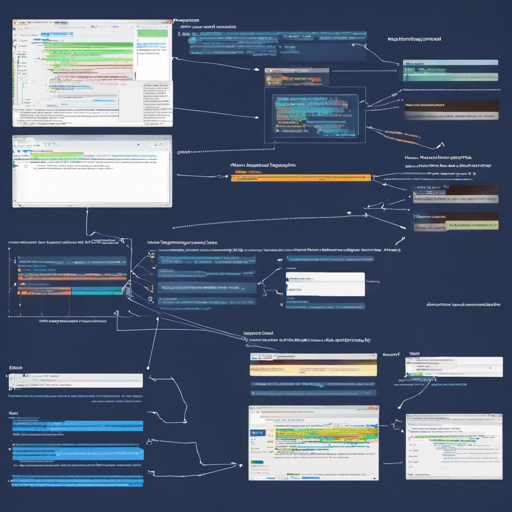Welcome to this user-friendly guide on how to set up and operate a Super Resolution Generative Adversarial Network (SRGAN) using PyTorch! SRGAN is a powerful technique that improves the resolution of images, making them look crispier and richer in detail. In this article, we will walk you through the requirements, training, and testing processes involved in implementing a modern SRGAN. Let’s dive in!
What is SRGAN?
SRGAN stands for Super-Resolution Generative Adversarial Network. Essentially, it’s like having a talented artist who takes a low-resolution image and turns it into a high-resolution masterpiece. By using adversarial training, the generator creates high-resolution images while the discriminator evaluates them, pushing the generator to improve over time.
Requirements
Before you begin, ensure your environment meets the following requirements:
- PyTorch
- torchvision
- tensorboard_logger
Preparing Your Data
You can begin training with either the CIFAR-10 or CIFAR-100 datasets. However, for more accurate results akin to the original SRGAN paper, you will need to download and clean the ImageNet dataset yourself. The repository also provides the weights needed for ImageNet.
Training the SRGAN
To initiate the training session, use the following command line:
train [-h] [--dataset DATASET] [--dataroot DATAROOT]
--workers WORKERS --batchSize BATCHSIZE --imageSize IMAGESIZE
--upSampling UPSAMPLING --nEpochs NEPOCHS
--generatorLR GENERATORLR --discriminatorLR DISCRIMINATORLR
--cuda --nGPU NGPU --generatorWeights GENERATORWEIGHTS
--discriminatorWeights DISCRIMINATORWEIGHTS --out OUTFor a quick start, run:
.train --cudaThis will launch a training session on the GPU. During this session, the generator will initially be pre-trained using Mean Squared Error (MSE) for 2 epochs. Subsequently, both the generator and discriminator will undergo training for 100 epochs utilizing both content (mse + vgg) and adversarial loss. Weights will automatically be generated and stored in the checkpoints file.
Testing the SRGAN
Once training is complete, you can evaluate your model’s performance. Use the testing command line:
test [-h] [--dataset DATASET] [--dataroot DATAROOT]
--workers WORKERS --batchSize BATCHSIZE --imageSize IMAGESIZE
--upSampling UPSAMPLING --cuda --nGPU NGPU
--generatorWeights GENERATORWEIGHTS
--discriminatorWeights DISCRIMINATORWEIGHTSSimply execute:
.test --cudaThis testing command starts a session on the GPU, calculating mean error values and saving the generated images to an output directory. You’ll receive three types of images: low resolution, high resolution (original), and high resolution (generated).
Analyzing Results
The results achieved through this training setup include:
- Dataset: 350K randomly selected ImageNet samples
- Input image size: 24×24
- Output image size: 96×96 (16x upsampling)
Example outcomes from the training can be found in your output directory, showcasing low-resolution images alongside their high-resolution counterparts and generated outputs.


Troubleshooting
If you encounter issues during this process, here are some tips:
- Ensure that all dependencies are properly installed.
- Check your GPU settings and allocations.
- Review the paths for your dataset to make sure they are correct.
- If your model fails to produce expected results, consider varying the learning rates and epochs.
For more insights, updates, or to collaborate on AI development projects, stay connected with fxis.ai.
Conclusion
At fxis.ai, we believe that such advancements are crucial for the future of AI, as they enable more comprehensive and effective solutions. Our team is continually exploring new methodologies to push the envelope in artificial intelligence, ensuring that our clients benefit from the latest technological innovations.

